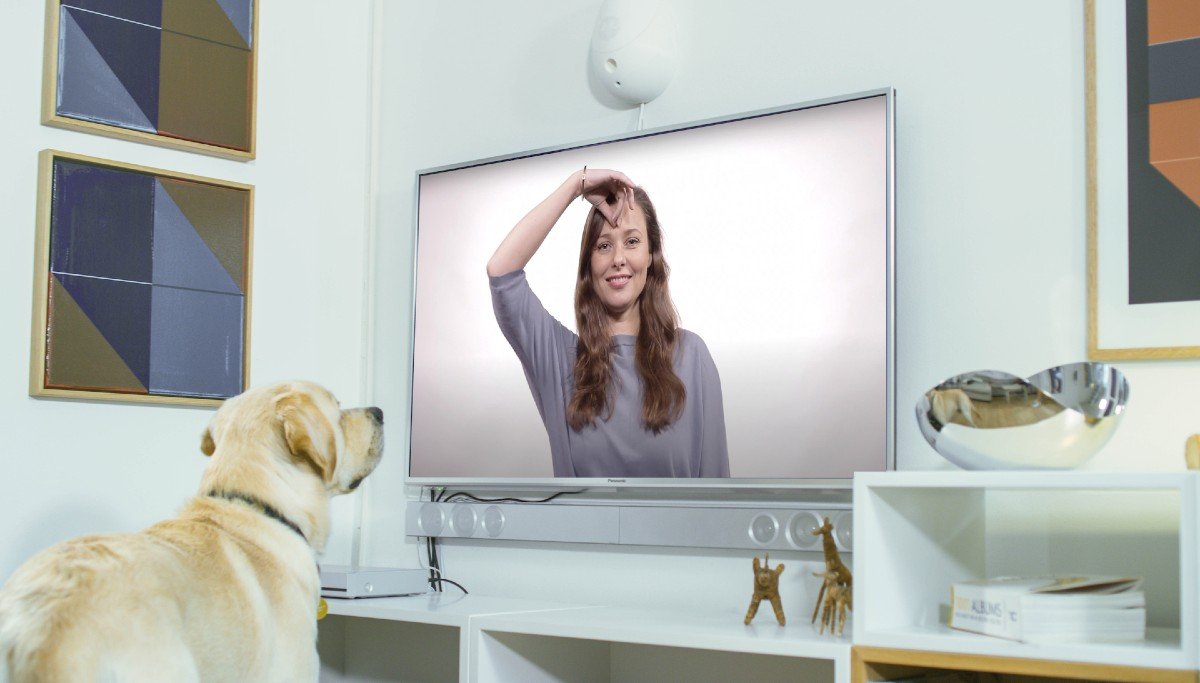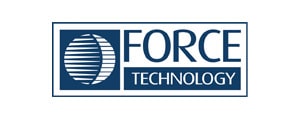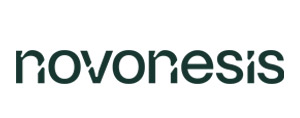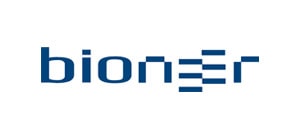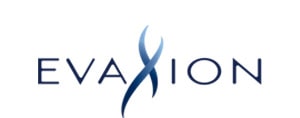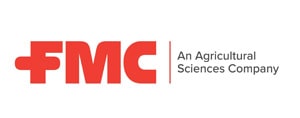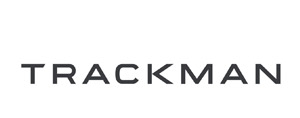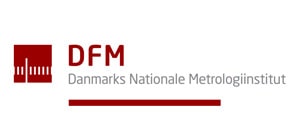CITAT:
“It’s more fun than I thought. And it’s also tough – you never have any money, you never get to buy new clothes, and you are not going on vacations, because all you want is to stay home and work on your startup.” Hanne Jarmer, CEO & Founder, Go Dogo
When asked how everything is going on for Go Dogo right now, the funding situation, both the current and the future, is the first thing that comes to mind for Hanne Jarmer – just like it would for almost all other startups: “We just raised money for the two first phases of scaling up Go Dogo,” she says.
The strategy for raising money next time will be to try to get access to investors who have contacts in USA. “If our product is ready, we will probably start selling to the US next year. That requires a fully working software and hardware. We are not entering the US market without a product that is almost completely done. We are building the Fiat in Denmark and, as a minimum, an Audi before we go to the US,” Hanne Jarmer says.
Test in Elgiganten and plastic struggles
Right now, Go Dogo is testing their product extensively with users in the local area to get valuable user feedback, which is crucial for the product development. It can be difficult to test on all types of TVs – unless you have a great LinkedIn network. “We thought it would be great to get feedback from a wide variety of TVs. I posted that request on LinkedIn, and after a couple of days I got a phone call from the CEO of the Danish electronics retailer, Elgiganten, who offered us to test Go Dogo on TVs in their largest outlet in Denmark,” Hanne Jarmer tells with a big smile.
In addition to testing and starting up sales in Denmark, Go Dogo is also working intensively with their product development, which is not always easy when you work with plastic: “The design we have chosen for our product is a bit challenging. We have to work with plastic molds that are quite expensive because we need the plastic parts to not deform the round shape of our main unit while being easy to assemble. And that’s not exactly straight forward,” says Hanne Jarmer.
The entrepreneurial way of living: No money, but lots of fun
Hanne Jarmer has a background as a chemical engineer from DTU and has a PhD in Bioinformatics. After almost 20 years at DTU within research and as Head of Department, she left DTU and started Go Dogo together with her two co-founders who were studying machine learning at the time. The change after many years at the University was big, but becoming an entrepreneur surprised her in a positive way:
“It’s more fun than I thought. And it’s also tough – you never have any money, you never get to buy new clothes, and you are not going on vacations, because all you want is to stay home and work on your startup. But I like it a lot! It is totally satisfying, you have ups and downs, you really get challenged by going down roads that you didn’t even knew existed,” she states.
Four years ago, when Go Dogo had just started, they participated in the Danish Tech Challenge (DTC), which helped them professionalize and work intensively on their startup. Among other things, they got help starting to raise money. After DTC they moved into Futurebox. “I don’t think we would still be alive with Go Dogo if we hadn’t been part of DTC and Futurebox. If it wasn’t for the help with raising money, I think that we would have had to close Go Dogo after the first two years and a failed Kickstarter campaign,” Hanne Jarmer says.
